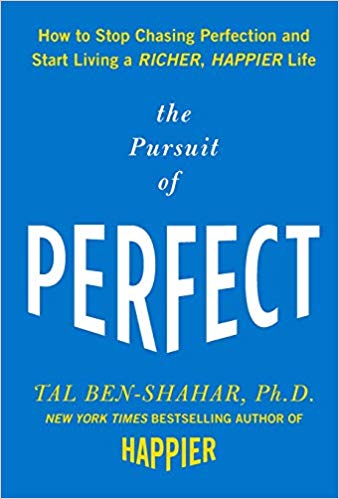
According to Pope Francis there are 15 diseases that are plaguing modern leadership. Examine these carefully.
- Thinking we are immortal, immune, or downright indispensable—which is the enemy of humility and service.
- Excessive busyness—which leads to stress and agitation.
- Mental and [emotional] “petrification”—which creates heartlessness.
- Excessive planning and functionalism—which leads to inflexibility.
- Poor coordination—which fosters independence and lack of cooperation.
- “Leadership Alzheimer’s disease”—where leaders forget who nurtured and mentored them.
- Rivalry and vainglory—where titles and perks become leaders’ primary focus.
- Existential schizophrenia—where leaders live hypocritical double lives.
- Gossiping, grumbling, and backbiting—where cowardly leaders speak ill of others behind their backs.
- Idolizing superiors—where leaders honor superiors to gain favor and get ahead.
- Indifference to others—where leaders think only of themselves.
- Downcast faces—where leaders treat their “inferiors” with sour severity.
- Hoarding—which involves accumulating material goods to seek security.
- Closed circles—where leaders place their clique ahead of shared identity and cooperation.
- Extravagance and self-exhibition—where leaders seek greater power and recognition.
Maxwell, John C.. Developing the Leader Within You 2.0 . HarperCollins Leadership. Kindle Edition.








